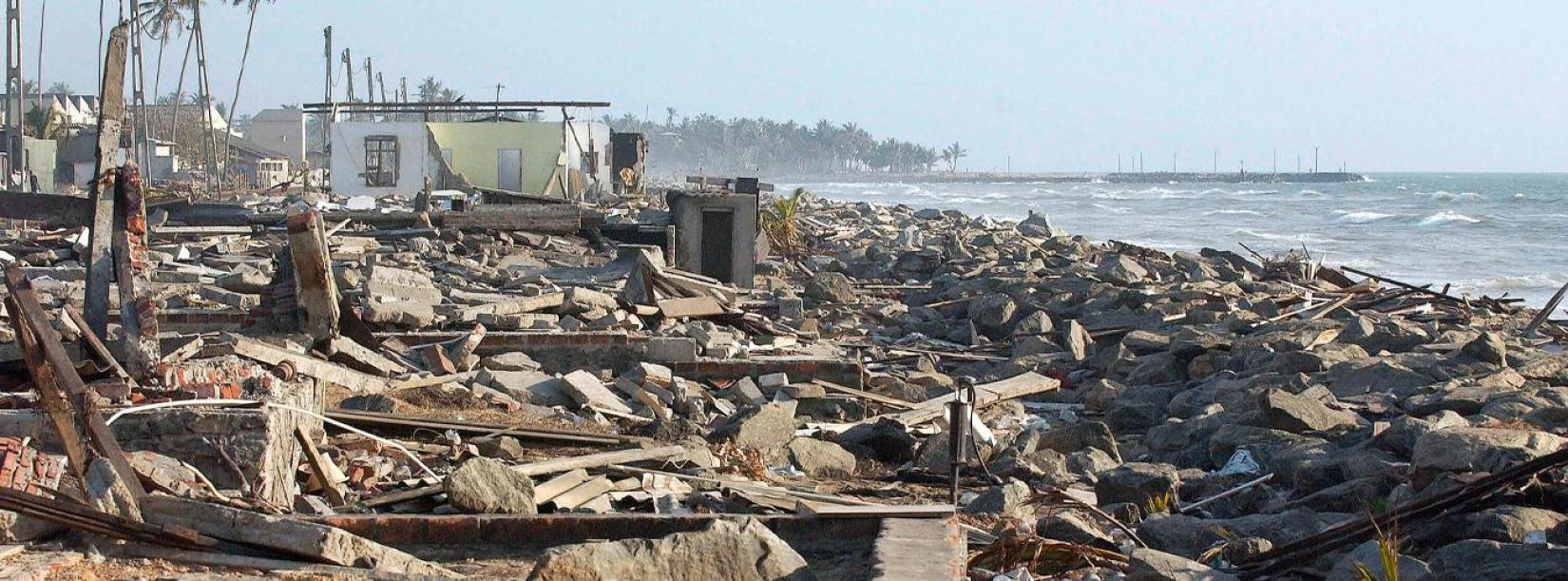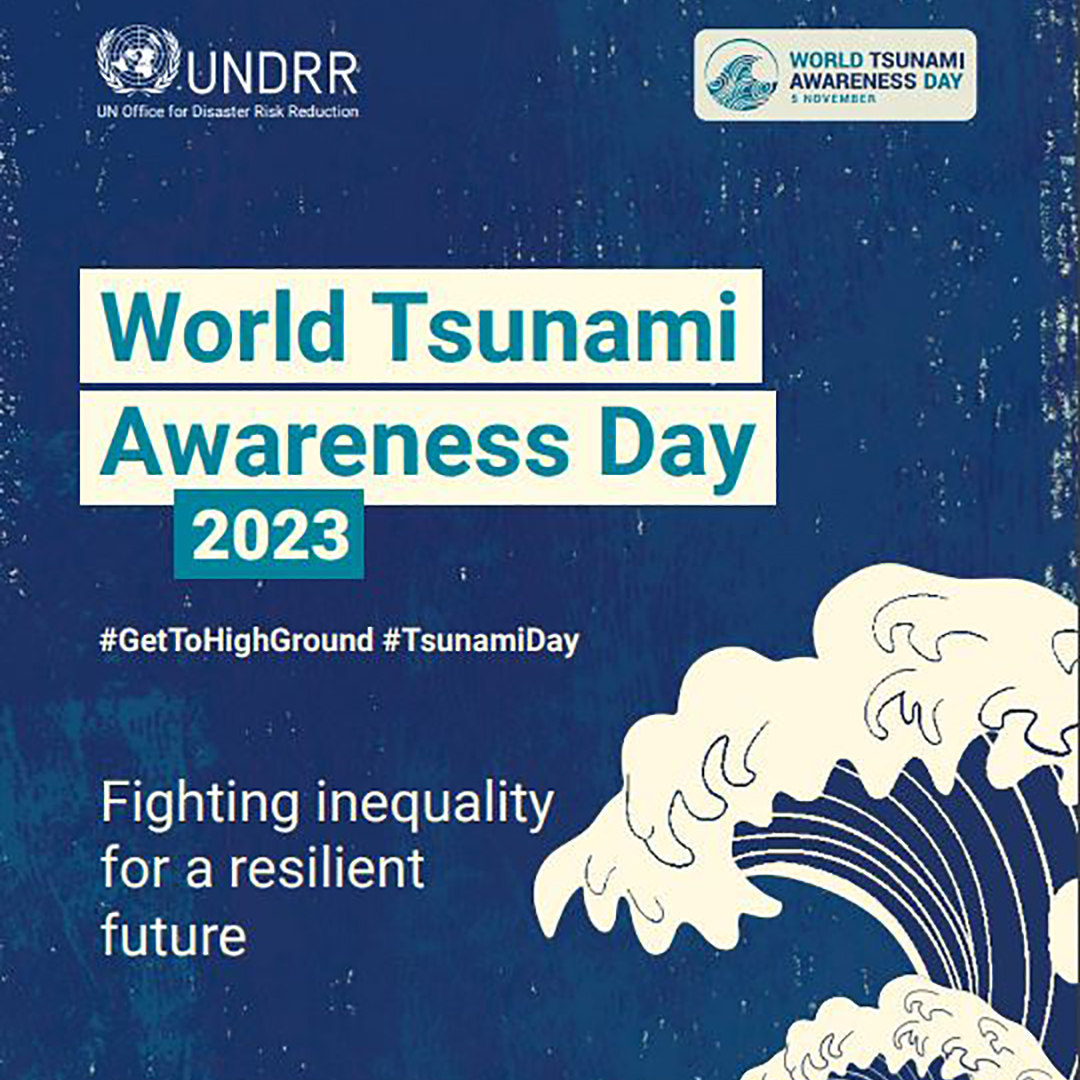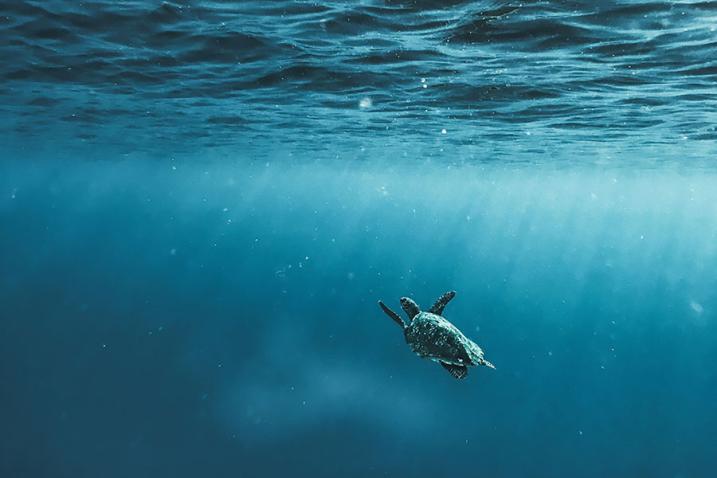
World Tsunami Awareness Day 5 November
Creating a resilient future to fight inequality
Tsunamis pose a significant threat to all of us, but they are particularly dangerous for certain groups of people, such as women, children, people with disabilities, and older persons. The main objective of this year's World Tsunami Awareness Day is to raise consciousness about reducing the risks created by these giant waves and improving community preparedness.
Although tsunamis are infrequent, they can have devastating consequences. In the last century, only 58 tsunamis have occurred, but they have claimed over 260,000 lives. On average, each disaster has caused the death of 4,600 people, more than any other natural hazard (United Nations, 2022).
This year's World Tsunami Awareness Day theme is "Fighting Inequality for a Resilient Future," which mirrors the subject highlighted during the International Day for Disaster Reduction. The observance encourages all sectors of society to engage and collaborate on disaster risk reduction.
The activities during this observance aim to explore the relationship between tsunamis and inequality. Specifically, they focus on how inequality can make tsunamis more dangerous for certain populations and how the aftermath of a tsunami can drive vulnerable people further into poverty, thus worsening inequality.
#GetToHighGround
In 2022, the United Nations Office for Disaster Risk Reduction (UNDRR) launched the #GetToHighGround campaign to promote awareness about reducing the risk of tsunamis. The campaign encourages citizens to participate in drills, runs, or walks along tsunami evacuation routes, which helps communities prepare for natural disasters and build their resilience. These events are inclusive and engaging, and they involve all people in raising awareness about reducing tsunami risk.
Tsunamis can be deadly, but they needn’t be. Early warning and early action are effective tools to protect people, saving lives, and preventing the hazard from becoming a disaster. To be effective, tsunami early-warning systems must cover every at-risk person, they must be multi-hazard, and communities must be prepared so they can act quickly.
Background
In December 2015, the UN General Assembly designated 5 November as World Tsunami Awareness Day, calling on countries, international bodies and civil society to raise tsunami awareness and share innovative approaches to risk reduction.
World Tsunami Awareness Day was the brainchild of Japan, which due to its repeated, bitter experience has over the years built up major expertise in areas such as tsunami early warning, public action and building back better after a disaster to reduce future impacts. UN Disaster Risk Reduction (UNDRR) facilitates the observance of World Tsunami Awareness Day in collaboration with the rest of the United Nations system.
Tsunamis are rare events but can be extremely deadly. In the past 100 years, 58 of them have claimed more than 260,000 lives, or an average of 4,600 per disaster, surpassing any other natural hazard. The highest number of deaths in that period was in the Indian Ocean tsunami of December 2004. It caused an estimated 227,000 fatalities in 14 countries, with Indonesia, Sri Lanka, India and Thailand hardest-hit.
Just three weeks after that the international community came together in Kobe, in Japan’s Hyogo region. Governments adopted the 10-year Hyogo Framework for Action, the first comprehensive global agreement on disaster risk reduction.
They also created the Indian Ocean Tsunami Warning and Mitigation System, which boasts scores of seismographic and sea-level monitoring stations and disseminates alerts to national tsunami information centres.
Rapid urbanization and growing tourism in tsunami-prone regions are putting ever-more people in harm’s way. That makes the reduction of risk a key factor if the world is to achieve substantial reductions in disaster mortality – a primary goal of the Sendai Framework for Disaster Risk Reduction 2015-2030, the 15-year international agreement adopted in March 2015 to succeed the Hyogo Framework.
What are tsunamis?
The word "tsunami" comprises the Japanese words "tsu" (meaning harbour) and "nami" (meaning wave). A tsunami is a series of enormous waves created by an underwater disturbance usually associated with earthquakes occurring below or near the ocean.
Volcanic eruptions, submarine landslides, and coastal rock falls can also generate a tsunami, as can a large asteroid impacting the ocean. They originate from a vertical movement of the sea floor with the consequent displacement of water mass.
Tsunami waves often look like walls of water and can attack the shoreline and be dangerous for hours, with waves coming every 5 to 60 minutes.
The first wave may not be the largest, and often it is the 2nd, 3rd, 4th or even later waves that are the biggest. After one wave inundates, or floods inland, it recedes seaward often as far as a person can see, so the seafloor is exposed. The next wave then rushes ashore within minutes and carries with it many floating debris that were destroyed by previous waves.
What are the causes of tsunamis?
Earthquakes
It can be generated by movements along fault zones associated with plate boundaries.
Most strong earthquakes occur in subduction zones where an ocean plate slides under a continental plate or another younger ocean plate.
All earthquakes do not cause tsunamis. There are four conditions necessary for an earthquake to cause a tsunami:
- The earthquake must occur beneath the ocean or cause material to slide into the ocean.
- The earthquake must be strong, at least magnitude6.5 on the Richter Scale
- The earthquake must rupture the Earth’s surface and it must occur at shallow depth – less than 70km below the surface of the Earth.
- The earthquake must cause vertical movement of the sea floor (up to several metres).
Landslides
A landslide which occurs along the coast can force large amounts of water into the sea, disturbing the water and generate a tsunami. Underwater landslides can also result in tsunamis when the material loosened by the landslide moves violently, pushing the water in front of it.
Volcanic eruptions
Although relatively infrequent, violent volcanic eruptions also represent impulsive disturbances, which can displace a great volume of water and generate extremely destructive tsunami waves in the immediate source area.
One of the largest and most destructive tsunamis ever recorded was generated in August 26, 1883 after the explosion and collapse of the volcano of Krakatoa (Krakatau), in Indonesia. This explosion generated waves that reached 135 feet, destroyed coastal towns and villages along the Sunda Strait in both the islands of Java and Sumatra, killing 36,417 people.
Extraterrestrial collisions
Tsunamis caused by extraterrestrial collision (i.e. asteroids, meteors) are an extremely rare occurrence. Although no meteor/asteroid-induced tsunamis have been recorded in recent history, scientists realize that if these celestial bodies should strike the ocean, a large volume of water would undoubtedly be displaced to cause a tsunami.
Social media
Help spread the message with visuals from the social media toolkit.
#TsunamiDay #GetToHighGround
This article have been published in United Nations' site through this link: World Tsunami Awareness Day | United Nations (https://www.un.org/en/observances/tsunami-awareness-day)
Czech model and entrepreneur Petra Nemcova is the official UN Disaster Risk Reduction World Tsunami Awareness Advocate, which is commemorated on 5 November every year. Petra Nemcova not only survived the 2004 Indian Ocean tsunami in Thailand but also found a way to continue living and sharing her experience at the service of people affected by disasters.
Read more :Petra Nemcova, World Tsunami Awareness Advocate | United Nations
The marine realm is the largest component of the Earth’s system that stabilizes the climate and supports life on Earth and human well-being. That’s why the UN proclaimed the Decade of Ocean Science for Sustainable Development (2021-2030) to support efforts to reverse the cycle of decline in ocean health.
Read more: United Nations Decade of Ocean Science for Sustainable Development
- Globally, over 700 million people in low-lying coastal areas and Small Island Developing States are exposed to extreme sea-level events, including tsunamis (World Health Organization, 2019)
- An early warning system can be effective only when the population is well aware of tsunami risk and knows what to do in case of an emergency. This means ensuring that at-risk populations have equal access to information and evacuation routes (United Nations Educational, Scientific and Cultural Organization, 2022).
- Inequality creates the conditions that lead people to become exposed and vulnerable to disasters, such as tsunamis. The poorest and most at-risk are disproportionately impacted, thus furthering inequality. Reducing vulnerability to disasters includes addressing poverty, exposure and vulnerability.
Event
- Special Exhibition: IDDRR 2023-For a Resilient Future, Muroro City, Japan
Resources
Related Websites
- UNDRR: World Tsunami Awareness Day
- UNESCO: World Tsunami Awareness Day
- United Nations Office for Disaster Risk Reduction (UNDRR)
- Intergovernmental Oceanographic Commission Tsunami Programme
- Indian Ocean Tsunami Information Center








